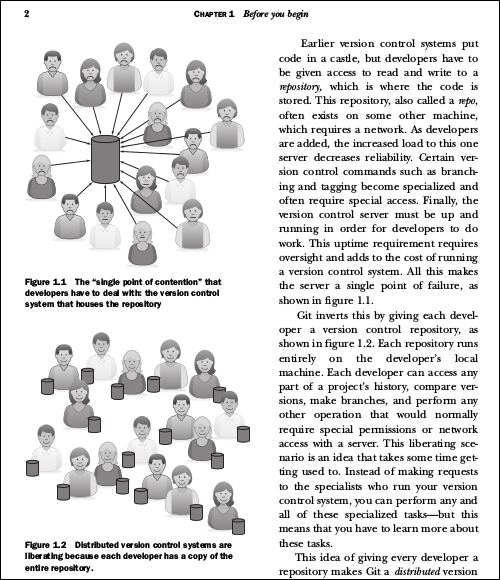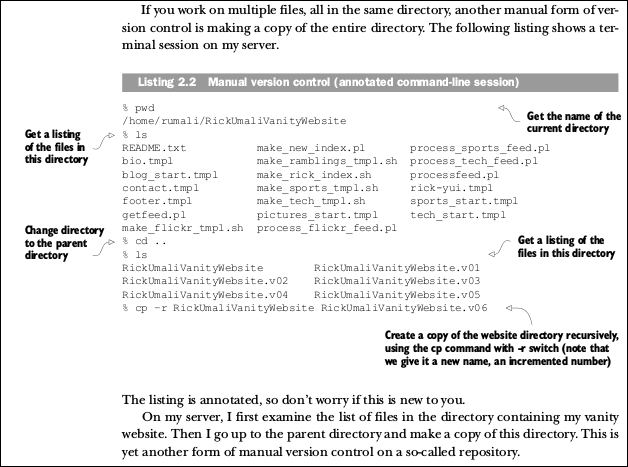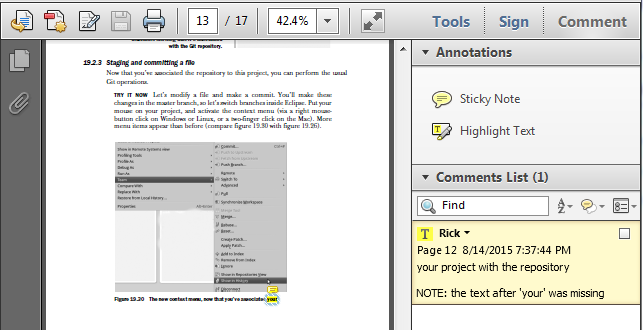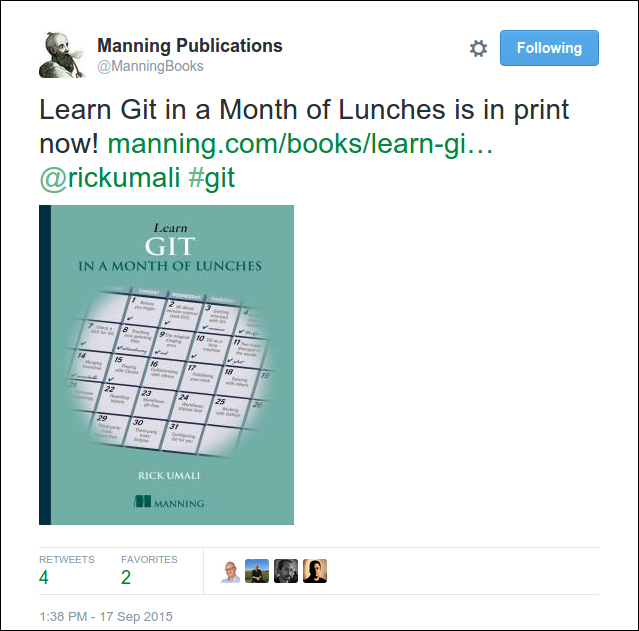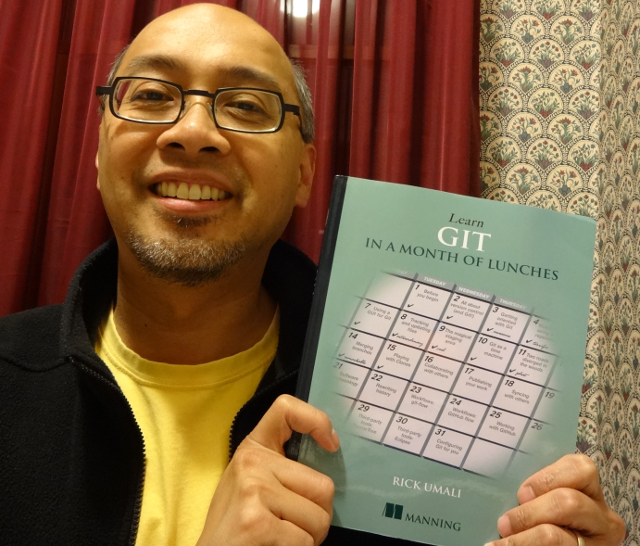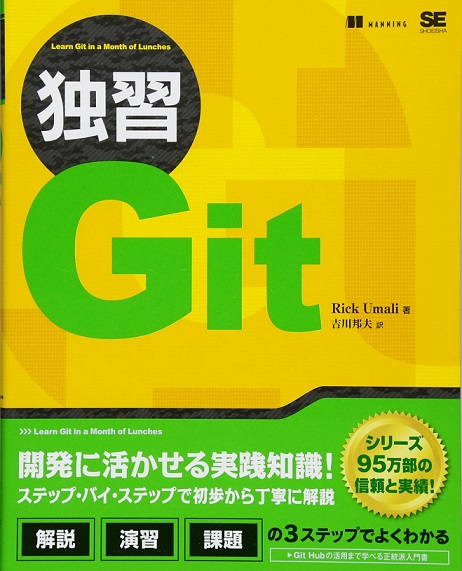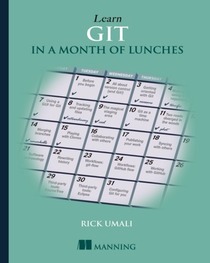As the book progresses towards the finish line (it’s in layout now), I find myself thinking back on some of the sparks that led to the way I wrote.
The book was born from presentations I have given about Git. In those talks, I always felt that if I could focus for a half-hour or an hour on each Git concept, I could really make Git clear for beginners. That would lead to a 10 or 20 hour seminar, and maybe that’s an idea to pursue, but I went in the book direction first.
The idea of closely focusing on something is examined in Zen and the Art of Motorcycle Maintenance (Robert Pirsig, 1974). There’s a section where a student is having trouble coming up with what to write, and the teacher tells her that she wasn’t looking hard enough. “Narrow it down to the front of one building … Start with the upper-left hand brick.”
I always liked that part of the book. “The more you look, the more you see.” That’s what I’m aiming for. Each chapter is one close look at one key part of Git. The closer we look, the more we see and learn, and this applies to any kind of tech.
This book is aimed at beginners, and I hope that beginners grow with the book. There’s a lot material in each chapter to digest, and I hope readers use it as a springboard for deeper dives into each part.
Thanks for reading, everyone! Once again, there won’t be a BLOG post next week as I will be away. Stay cool!
